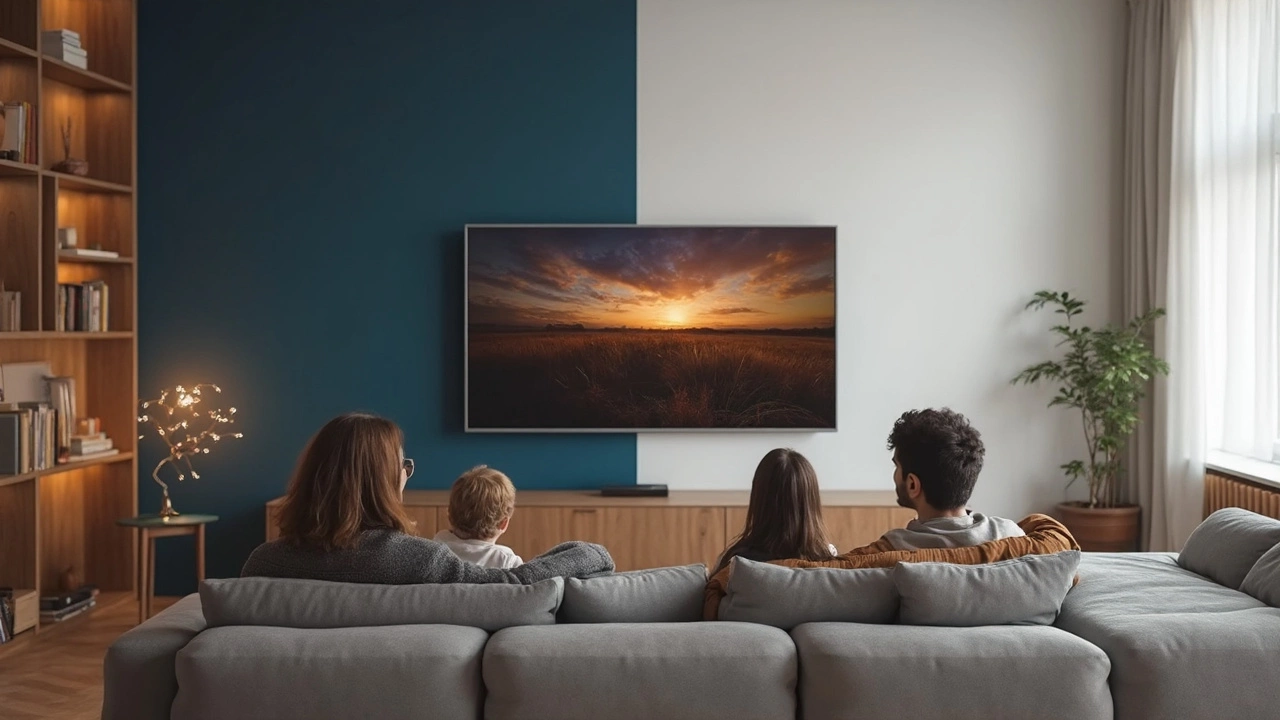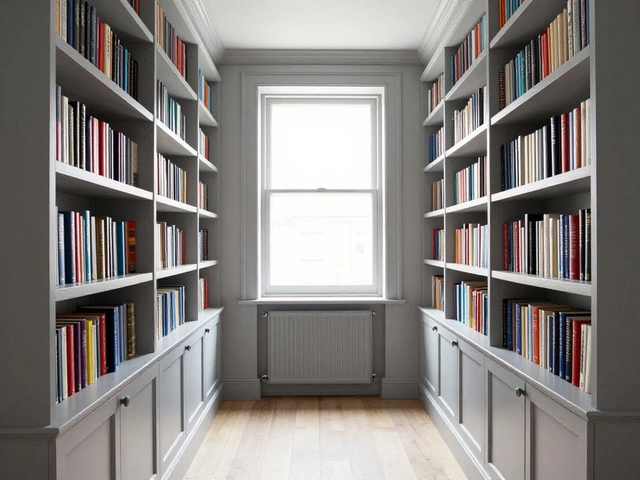Dark Wall Inspiration: How to Use Dark Paint in Any Room
Ever walked into a room with a deep, moody wall and felt an instant sense of drama? Dark walls aren’t just for lofts or night‑clubs – they can work in a cosy bedroom or a sunny living room if you handle them right. The trick is to balance the darkness with light, texture, and colour, so the space feels inviting instead of cave‑like.
Choosing the Right Dark Shade
Start with the purpose of the room. A bedroom that’s meant for relaxing can handle a softer charcoal or muted navy, while a dining area can pull off a richer charcoal‑black for a luxe vibe. Test paint samples on a small patch of wall; watch how the colour shifts from morning light to evening shadows. If the hue feels too heavy, pick a cooler undertone – blues and greens tone down the intensity, while warm reds or browns add coziness.
Don’t forget the finish. Matte or flat paints absorb light and make the colour feel deeper, perfect for a sleek look. If you want a subtle sheen that bounces light around, go for an eggshell or satin finish. This little change can keep the wall from looking flat, especially in smaller rooms.
Styling Tips for Dark Walls
1. Lighten with accessories. White or light‑coloured furniture, cream throws, and pale rugs act as visual anchors. They break up the darkness and keep the room from feeling cramped.
2. Play with metallics. Gold, brass or chrome lamps, picture frames, and hardware add sparkle and reflect light. A single metallic sideboard in a dark‑walled dining room can become a focal point that lifts the whole space.
3. Use texture. Velvet cushions, woven baskets, or a shag rug add depth without needing extra colour. Texture catches the eye and makes the room feel layered rather than flat.
4. Mind the ceiling. A white ceiling will keep the room feeling tall. If you’re feeling adventurous, paint the ceiling a very light pastel that complements the wall – this adds subtle interest without overwhelming the eye.
5. Incorporate art. Large, bright pieces of artwork or a gallery wall with light frames create a natural contrast. The art becomes the eye‑catcher that draws attention away from the dark backdrop.
6. Mind the lighting. Layered lighting works best: ceiling lights for overall illumination, wall sconces for mood, and table lamps for task lighting. Warm‑white bulbs keep the ambience inviting, while cool‑white bulbs can highlight modern, industrial vibes.
7. Keep it balanced. Avoid over‑decorating a dark wall. Too many items can make the space feel cluttered. Choose a few statement pieces and let the colour do the heavy lifting.
When you combine a well‑chosen shade with smart styling, a dark wall becomes a canvas for creativity instead of a limitation. Start small – paint an accent wall in the bedroom or living room and see how the mood changes. You’ll be surprised how a touch of darkness can make a space feel more sophisticated, cozy, and uniquely yours.
Should a TV Wall Be Dark or Light? Practical Tips for TV Stand Setups
Choosing between a dark or light wall behind your TV changes the whole viewing experience. The right color can reduce eye strain, improve picture quality, and even make your room look bigger or cozier. This article explores how wall color impacts your setup, with easy tips to help you pick what works best for your space. Expect real-life examples, mistakes to avoid, and clear steps to nail your TV wall look.







